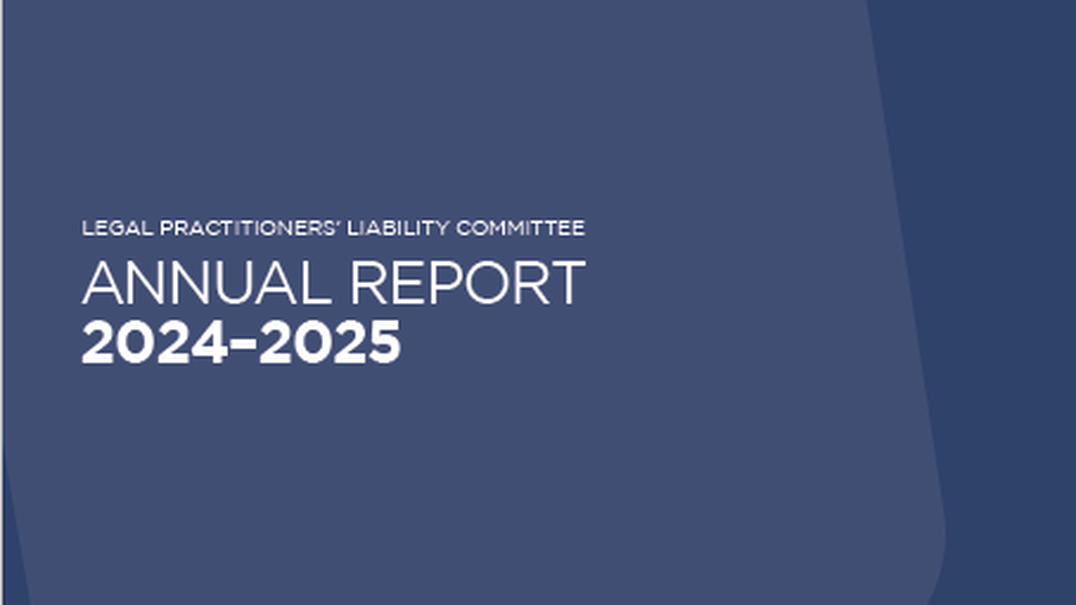Obtaining a council building information certificate to comply with section 32E of the Sale of Land Act 1962 (Vic) can reduce the risk of a purchaser voiding a contract of sale of land.
Why council building information certificates are an important risk management tool
Section 32E of the Sale of Land Act 1962 (Vic) (‘the Act’) provides that a vendor selling land that has a residence on it, must provide particulars of any building permit issued under the Building Act 1993 (Vic) (‘Building Act’) in the preceding seven years in relation to a building on the land.
Rather than rely on the client to provide this information, it is good practice for solicitors acting for vendors to obtain a certificate from the relevant municipal council under regulation 51(1) of the Building Regulations 2018 (Vic) (more commonly known as a council building information certificate). This certificate should then be attached to the section 32 statement signed by the vendor client.
Cost conscious clients may resist incurring the additional expense of obtaining a council building information certificate and instead ask you to rely on their instructions. However, with the passage of time, and the client focusing on the sale of their property, they might forget or lose track of important details. The value of a council building information certificate to minimise the risk of the client breaching the Act should not be underestimated.
For example, a council building information certificate may disclose details of any building permits obtained in the last seven years that a vendor should disclose under section 32E of the Act.
If the vendor fails to disclose the relevant information in the section 32 statement, the purchaser may be entitled to rescind the contract of sale of land any time prior to settlement under section 32K of the Act. The vendor client is then exposed to the costs of resisting the rescission pursuant to section 32K(4) of the Act. Those costs will well exceed the cost of obtaining a council building information certificate.
Where a council building information certificate is obtained and it shows that a building permit has been issued, solicitors should obtain a copy of the building permit to check whether the works were undertaken by a registered builder or an owner-builder. If the works were undertaken by an owner-builder, solicitors need to explain to their client the requirements under section 137B of the Building Act, in particular:
- the need to obtain an owner-builder defects report and insurance (where applicable). The report must be obtained not more than six months before the client enters into a contract of sale of land.
- the need to provide a copy of the owner-builder defects report and evidence of insurance to the purchaser (including disclosing any insurance as required under section 32B of the Act), before the section 32 statement and contract of sale of land is signed.
Owner-builder obligations under section 137B of the Building Act are substantial, and this article does not cover them in full detail. For further information on owner-builder obligations under section 137B of the Building Act, please refer to the recent LPLC webinar, Sale of Real Estate — Acting for vendors, presented by Laura Vickers.
Ultimately, solicitors should retain records of any issues identified during the preparation of the section 32 statement, advice provided to the client and the instructions received.
Key recommendations
- Obtain a council building information certificate, make relevant disclosure of any building permits under section 32E of the Act, and attach the council building information certificate to the section 32 statement.
- If a council building information certificate shows details of building permits, obtain copies of the building permits to check whether the works were conducted as owner-builder or not.
- If the works disclosed in any building permits were undertaken by owner-builders, ensure compliance with section 137B of the Building Act and section 32B of the Act.
Key reflections
When acting for vendors, solicitors should always turn their mind to asking detailed questions about any building works that have been done on the property in the last seven years. However, as clients’ instructions may be incorrect, the safest way to protect a client from an inadvertent breach of section 32E of the Act is to obtain a council building information certificate.
*Owner-builder obligations under section 137B of the Building Act 1993 (Vic) are addressed from 29:33 minutes in the recording of LPLC’s webinar, Sale of Real Estate — Acting for vendors, presented by Laura Vickers. The discussion begins at slide 17.



